Virtual Physics Labs For Experiential Learning in Universities
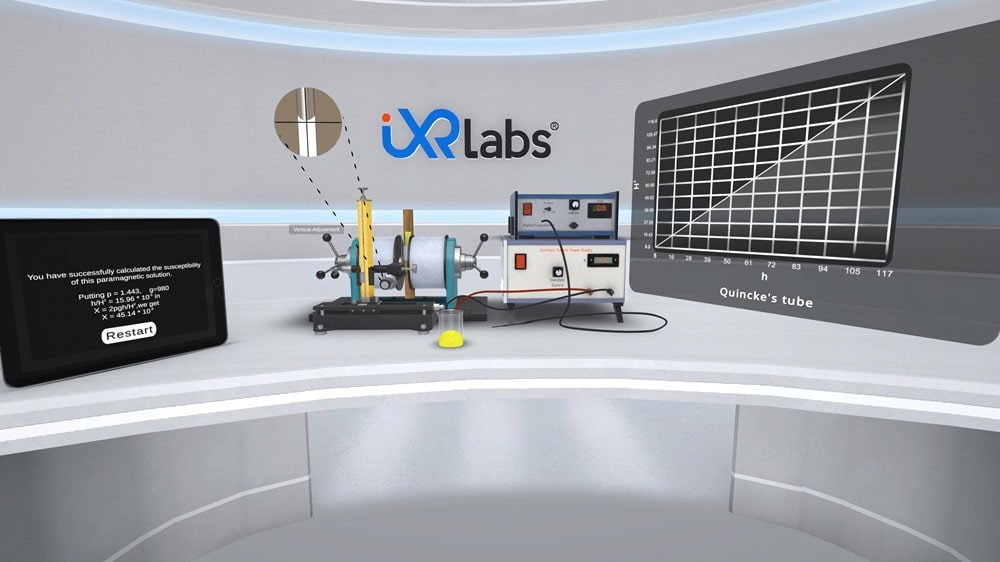
In physics education, traditional lab work has long served as the foundation for building scientific understanding. Handling real instruments, measuring forces, and observing phenomena firsthand gives students a practical sense of how theories unfold in the real world. These hands-on experiences remain essential, especially for developing observation skills and a methodical approach to experimentation.
However, as teaching environments evolve and access to lab equipment becomes increasingly constrained - due to cost, space or safety - educators are looking for complementary ways to reinforce learning without compromising the quality of instruction.
That’s where tools like a VR physics lab enter the conversation - not as a replacement, but as an academic extension. By simulating complex or restricted experiments in a virtual space, these labs provide additional opportunities for students to explore. With the help of this, students can make mistakes safely and revisit concepts at their own pace.
Studies from the National Training Laboratories suggest that while we retain about 10% of what we read, we retain up to 75% of what we actively do.
This is where experiential learning arrives and where the VR physics lab can offer meaningful support to traditional setups.
So, how can immersive environments enhance the already strong foundation of physics education in universities? Let’s explore.
Enhancing Physics Education Through Virtual Laboratories
Just imagine a space where students can manipulate variables in real time and visualize abstract concepts like force, energy, and momentum. They can engage with interactive physics simulations, all from their own devices—whether in a classroom, lab, or at home.
Stanford, for example, implemented a VR platform to enhance its physics lab experience for engineering students. The result? A 40% increase in student satisfaction and engagement levels compared to traditional lab settings.
Classical physics labs, while foundational, often come with limitations — high equipment costs, restricted access, safety concerns, and scheduling conflicts. In contrast, VR physics labs remove these barriers, offering a scalable and repeatable environment for experimentation that aligns with academic outcomes and supports personalized learning pathways.
For universities, this means more consistent lab access, lower long-term operational costs, and increased flexibility for hybrid or remote learning models—all while maintaining academic rigor. As STEM curricula evolve, institutions that embrace such innovations are better positioned to attract forward-thinking students and meet accreditation standards tied to experiential learning.
“When students are able to learn by doing—especially in simulated environments—they develop stronger conceptual clarity and retain information longer,” says Dr. James Oliver, Director of the Virtual Reality Applications Center at Iowa State University.
In fact, research published in The Journal of Science Education and Technology found that students learning through virtual labs demonstrated a 32% improvement in conceptual understanding compared to those using only traditional methods.
The Transformative Power of a Virtual Physics Laboratory
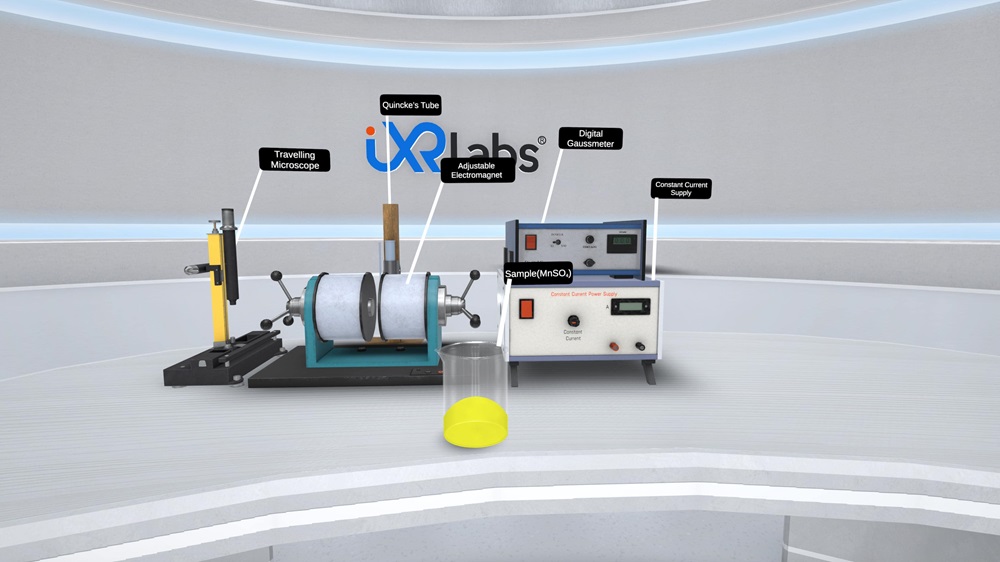
In a recent case study in Beijing, when comparing VR-based teaching to traditional teaching, students were taught through VR and scored an average of 93 on immediate tests compared to 73 for the students in traditional settings.
The VR group averaged 90 in retention tests, an improvement of 32.4% over the 68 of the traditional group.
This shows the extent to which learning outcomes in physics labs can improve with the implementation of VR-based technologies. Now let us take a look at the specific benefits that VR in science offers to the learners in physics labs.
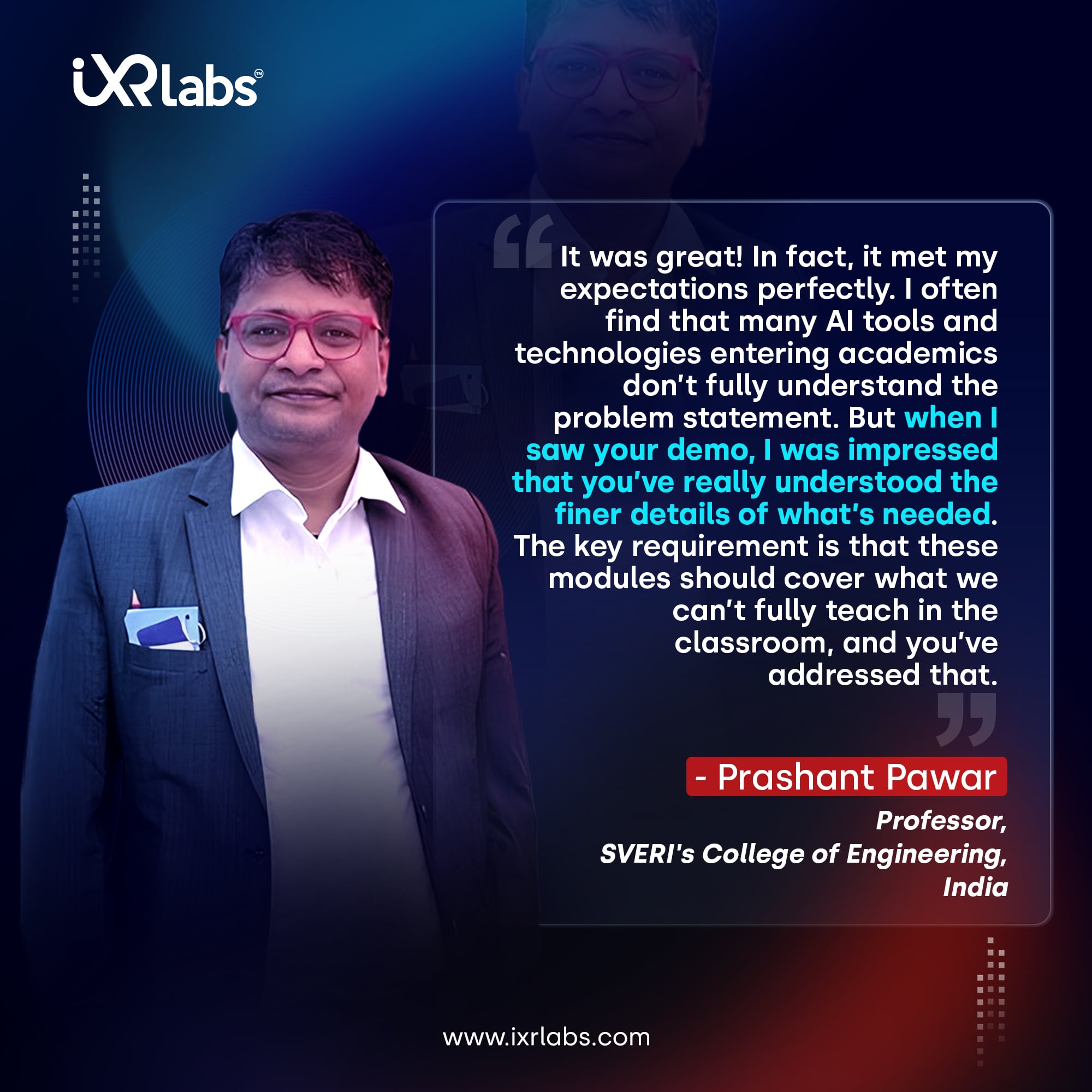
Visualization for Understanding
Physics is an abstract subject and sometimes difficult to understand. Interactive simulations of physics allow students to see wave interference or gravitational forces.
For instance, students can use a virtual simulation to explore Newton's laws by seeing the real-time effects of varying mass and force.
Research indicates that immersive technologies in higher education significantly enhance comprehension; a study published in the Journal of Science Education found that students using interactive simulations scored 30% higher on assessments than those relying solely on traditional methods.
The virtual labs were adopted by the faculty of advanced physics courses on optics at Georgia Tech. Simulated labs in STEM education in which students used lenses and prisms to demonstrate light behavior significantly increased students' conceptual understanding and retention.
Hands-On Virtual Learning: Bridging Theory with Safe, Scalable Practice
Physics concepts often move beyond what can be easily seen or touched—which is why hands-on learning is so crucial. A virtual physics laboratory gives students a safe, flexible space to run experiments repeatedly, observe outcomes, and learn through trial and error—without the limitations of time, cost, or risk.
Whether it’s adjusting the parameters of a pendulum or building virtual circuits to explore electromagnetism, these labs allow for deep, focused exploration. Students not only grasp concepts more effectively but also build confidence in applying scientific principles—bridging the gap between theoretical knowledge and practical understanding.
By aligning with Education 4.0’s emphasis on personalized, experiential learning, virtual physics labs enable scalable, student-centered experimentation that traditional labs alone may not be able to support.
 Get the App from Meta Store: Download Now
Get the App from Meta Store: Download Now
More Knowledge-Retention rates
Educause’s survey found that 70 percent of students felt more engaged when using interactive technologies in their learning environments. It is this statistic that reinforces the need to incorporate technology into pedagogy to create more lasting impressions on the material.
It details a large shift in educational dynamics. It appears that adding technology to teaching can not only make students more interested but can also help improve their learning.
The increase in engagement will probably result in more retention of knowledge, which would lead us to a more effective and responsive educational landscape for future generations.
Reduction in Resource Costs
According to a study in the International Journal of STEM Education, STEM institutions that have adopted VR labs have cut costs on physical materials and equipment by 25 percent.
This shows how virtual solutions can be a great investment, saving a great deal of money while maintaining educational quality.
Georgia Institute of Technology is one such engineering college that has saved money through the use of virtual reality (VR) in physics education.
To improve some processes within their engineering curriculum, especially optics and fluid dynamics, they implemented VR technology.
Virtual labs allowed Georgia Tech to cut the costs of physical lab materials and equipment and to offer students a new level of immersive learning that was simply not possible using traditional methods.
Summing up the key takeaways
As higher education evolves, so must the tools we use to teach it. A virtual physics laboratory isn’t just a digital alternative—it’s a smarter, scalable approach to help students grasp the invisible forces that shape our world.
Whether it’s simulating magnetic fields or experimenting with energy transformations, a virtual physics lab brings abstract ideas into focus—anytime, anywhere.
At iXR Labs, we’ve seen how VR in science education opens doors to engagement and equity that traditional setups often can’t match.
For institutions aiming to align with Education 4.0 and future-ready learning, now is the time to rethink how physics is taught.
Let’s show you what this transformation could look like at your university : schedule a free demo with our team and see the difference firsthand.
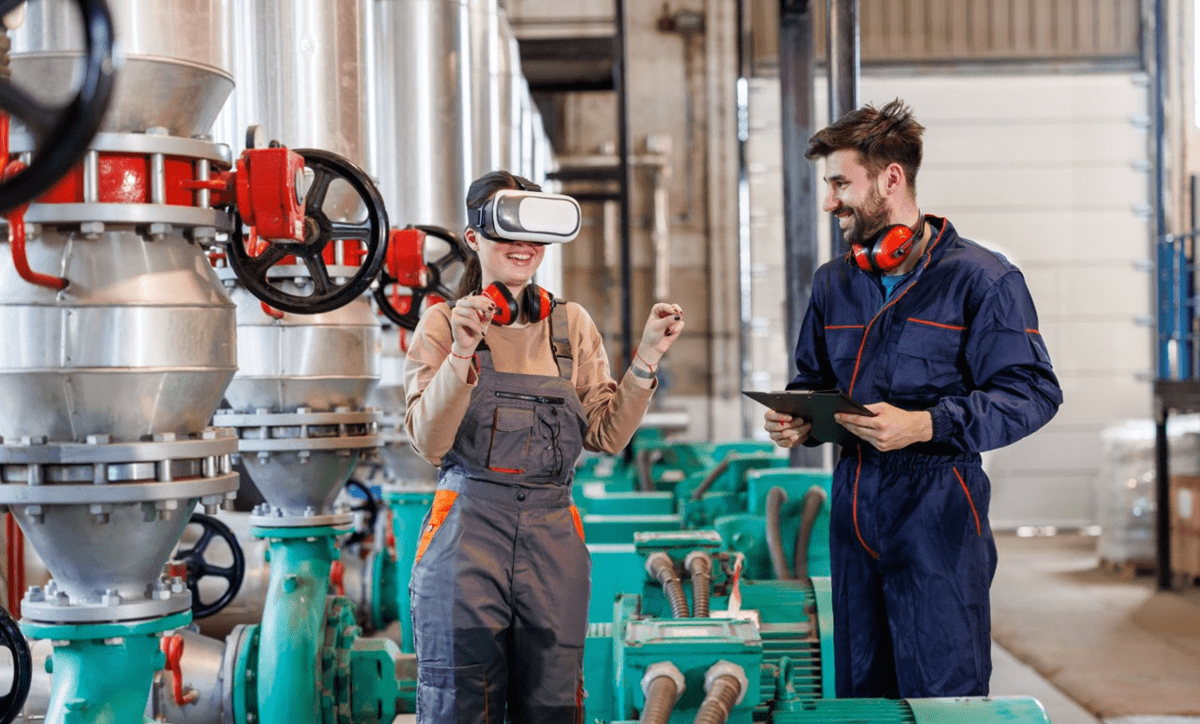
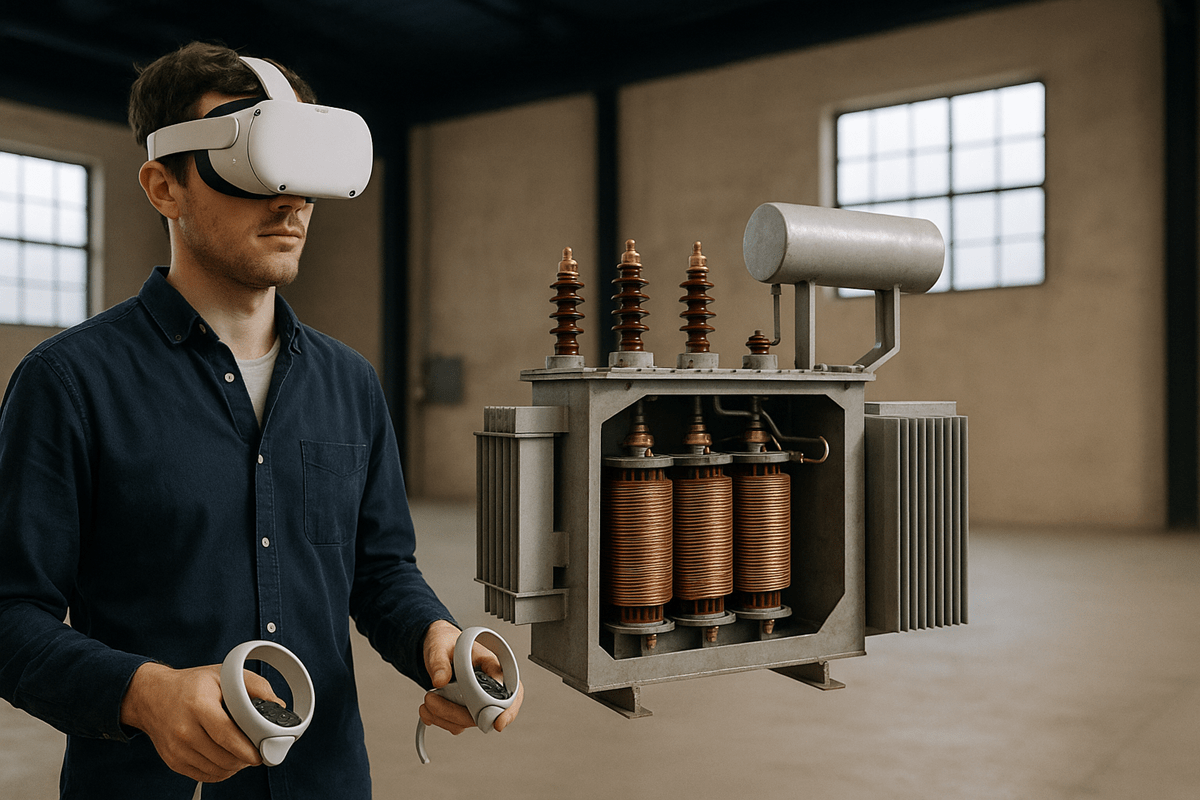
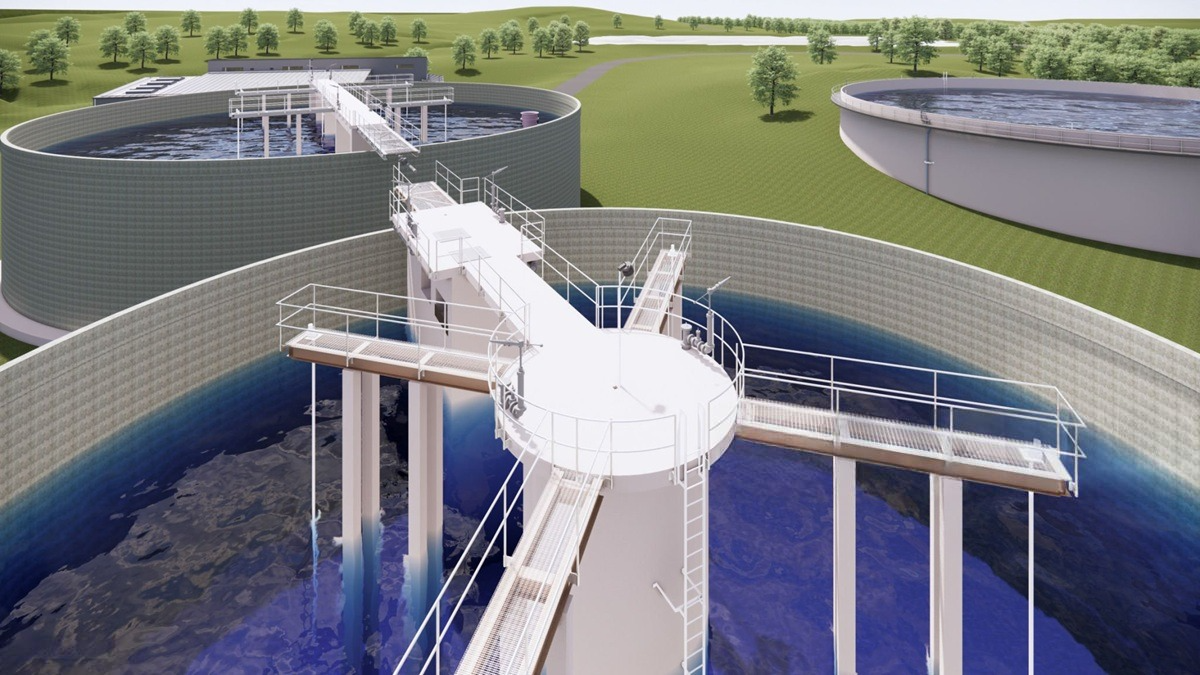
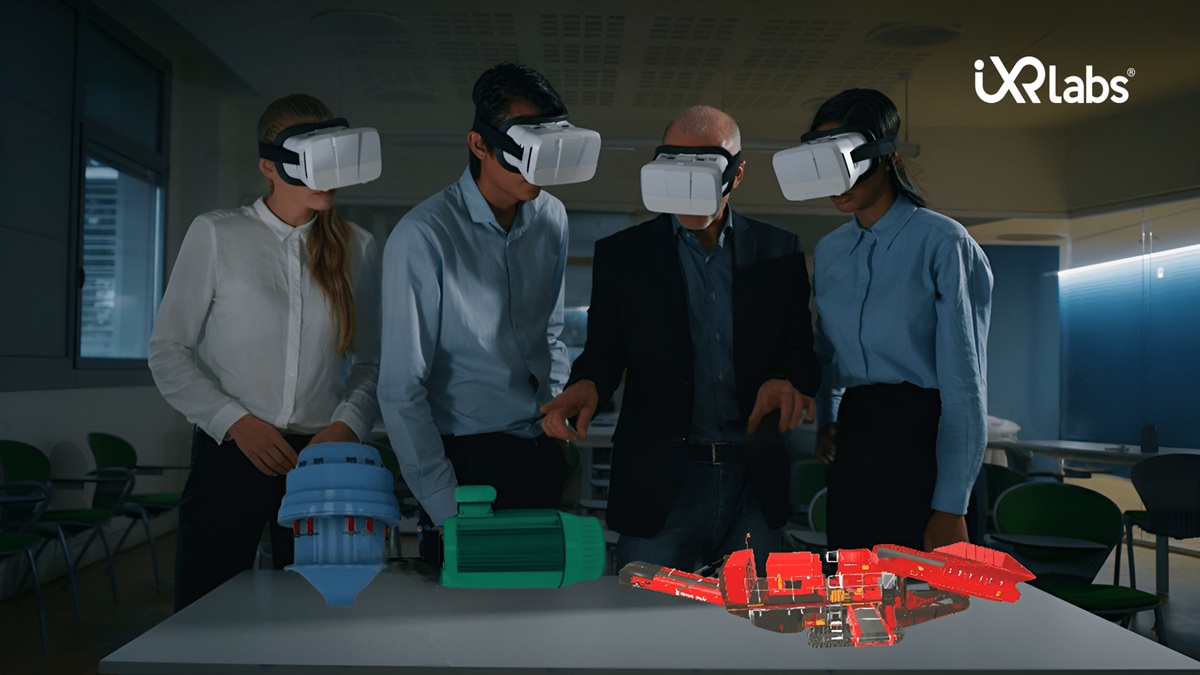
.png)
.png)